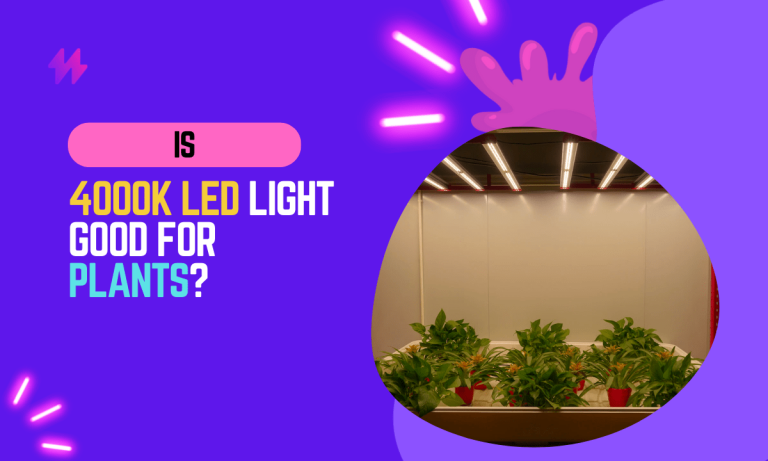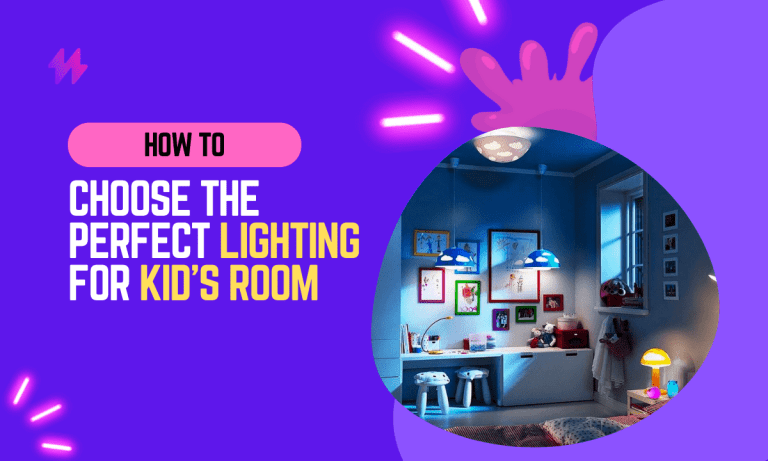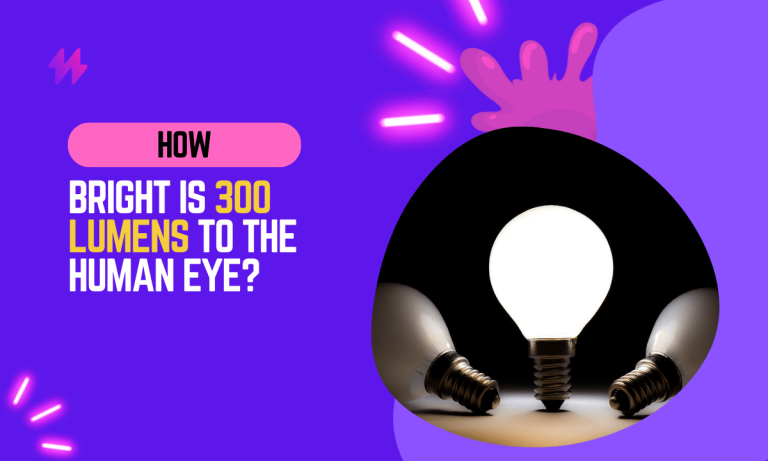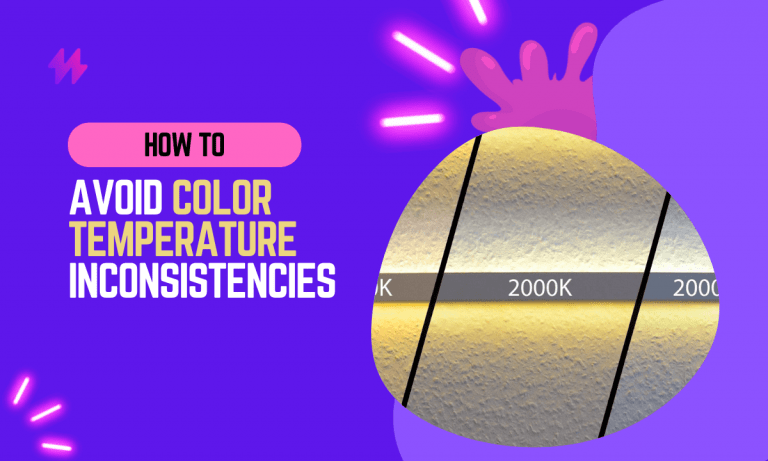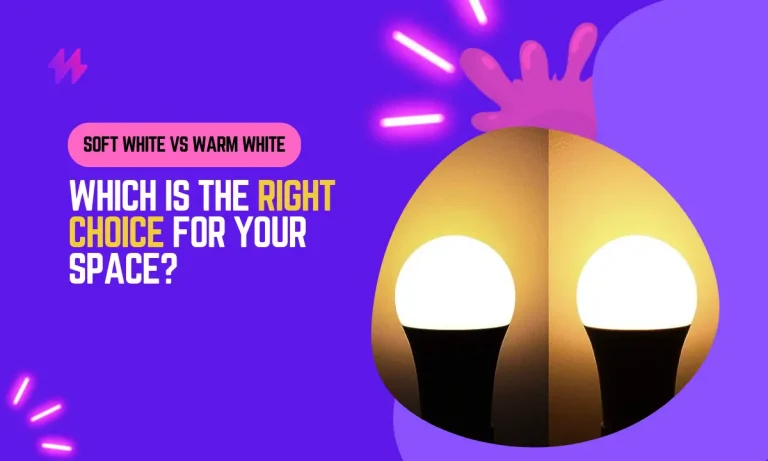3000K vs 4000K Color Temperature Lighting – What’s the Difference
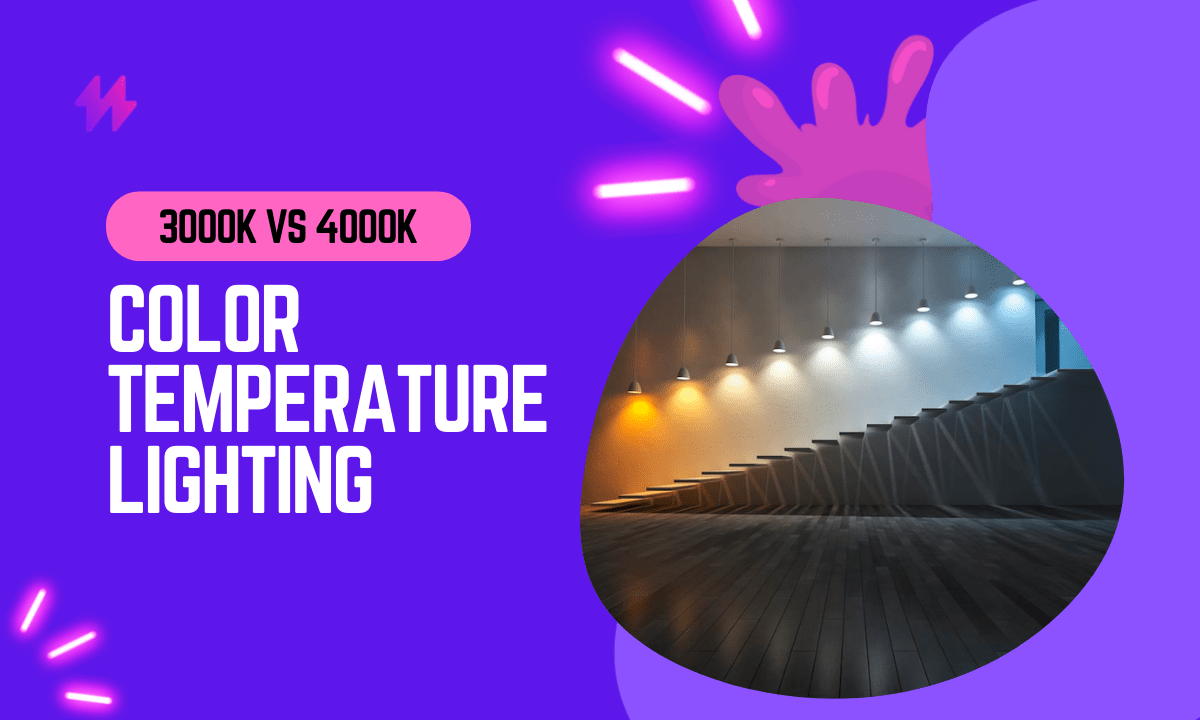
Lighting is an essential element of any space, whether it be a home, office, or retail store. The proper lighting in any place can create a warm and welcoming atmosphere, while the wrong lighting can make a space feel cold and unwelcoming. One common choice that people face when selecting lighting is between bulbs with a color temperature of 3000K and 4000K.
But what exactly is the difference between these two types of lighting, and how do they affect the appearance of a space?
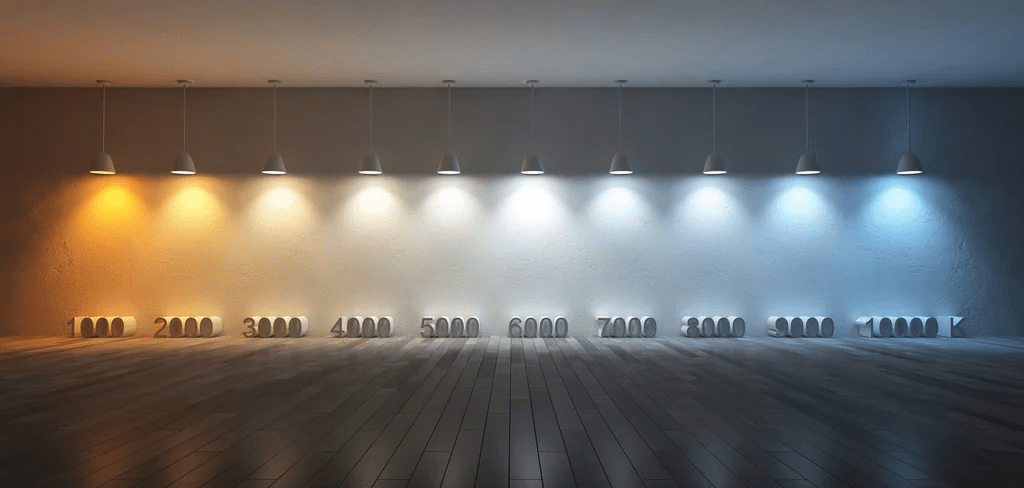
In this blog post, we’ll go through the characteristics of 3000K and 4000K lighting, including their visual differences, energy efficiency, cost, and impact on health and well-being.
By the end of this post, you’ll have a better understanding of the pros and cons of each type of lighting and be able to make an informed decision about which is the best fit for your needs.
What are 3000K and 4000K lighting?
3000K and 4000K lighting refer to the color temperature of the light produced by a bulb. Color temperature is a measure of the hue of a particular type of light, and it is expressed in degrees Kelvin (K). The higher the color temperature, the cooler and bluer the light appears; conversely, the lower the color temperature, the warmer and more yellow the light appears.
3000K Lighting
3000K lighting is considered to be warm white or soft white lighting, as it has a warm, yellowish hue. This type of lighting is often used to create a cozy, welcoming atmosphere, and is commonly found in residential settings such as living rooms and bedrooms.
4000K Lighting
On the other hand, 4000K lighting is known as cool white or daylight lighting, as it has a cooler, more blueish hue. This type of lighting is often used to create a bright, vibrant atmosphere, and is commonly found in settings such as offices, retail stores, and hospitals.
It’s important to note that the color temperature of a light bulb is not the same as the brightness of the bulb, which is measured in lumens.
Note: A bulb with a high color temperature can still be dim, and a bulb with a low color temperature can still be bright. However, the color temperature of a light bulb can affect how the brightness appears to the human eye. For example, a 3000K bulb may appear brighter than a 4000K bulb of the same lumen output because the warm white light is more comfortable and easier on the eyes.
Also read: Soft White vs Daylight – What to choose?
Visual differences between 3000K and 4000K lighting
To give you a better idea of the visual differences between the two types of lighting, let’s look at an example. In the following photos, the left image shows a room illuminated with 3000K lighting, while the right image shows the same room illuminated with 4000K lighting:
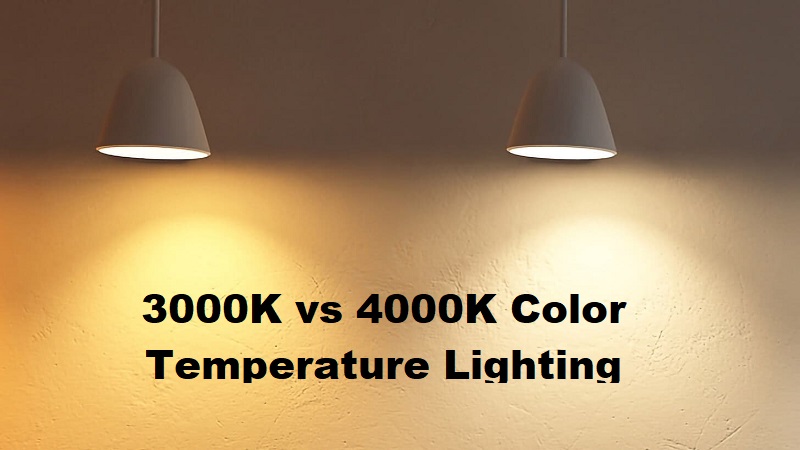
As you can see, the 3000K lighting gives the room a warm, cozy feel, while the 4000K lighting gives the room a brighter, more vibrant feel. The color temperature of the lighting can significantly impact the overall appearance of a space and the way that objects and surfaces look.
It’s worth noting that the visual differences between 3000K and 4000K lighting can also depend on the context and the specific colors in the room. For example, a room with cool-toned colors (such as blues and greens) may look better with 4000K lighting, while a room with warm-toned colors (such as reds and yellows) may look better with 3000K lighting. It’s always a good idea to experiment with different types of lighting to see what works best in your space.
Also check out: Difference between 3000K vs 2700K lighting
3000K vs 4000K: Energy Efficiency and Cost
When choosing between 3000K and 4000K lighting, it’s important to consider not only the visual appearance of the light but also its energy efficiency and cost.
In terms of energy efficiency, both 3000K and 4000K lighting can be energy-efficient if they are labeled as such and use energy-saving technologies such as LED. However, it’s worth noting that some research has suggested that 4000K lighting may be slightly more energy-efficient than 3000K lighting.
In terms of cost, the price of 3000K and 4000K lighting can vary depending on the brand, technology (e.g., LED vs. incandescent), and other factors. In general, LED bulbs tend to be more energy-efficient and cost-effective in the long run than incandescent bulbs, but they may have a higher upfront cost. It’s a good idea to compare the costs of different bulbs and consider the long-term cost-savings of more energy-efficient options.
4000K vs 3000K: Health and Well-being
In addition to their visual appearance and energy efficiency, the color temperature of lighting can also have an impact on health and well-being. Here are a few factors to consider:
- Eye strain: Some research has suggested that 4000K lighting may cause less eye strain than 3000K lighting, as it appears brighter and more vibrant to the human eye. However, it’s worth noting that other factors such as the brightness of the lighting and the duration of exposure can also cause eye strain.
- Sleep patterns: The color temperature of lighting can also affect sleep patterns. Some research has suggested that exposure to blue-enriched light (such as that produced by 4000K lighting) in the evening can suppress the production of the hormone melatonin, which can make it harder to fall asleep. On the other hand, exposure to warmer light (such as that produced by 3000K lighting) in the evening can help to promote the production of melatonin and improve sleep quality.
- Mood: The color temperature of lighting can also impact mood. Some research has suggested that exposure to warm white light (such as that produced by 3000K lighting) can improve mood and reduce stress, while exposure to cool white light (such as that produced by 4000K lighting) can have a more stimulating effect.
When to Choose 3000k (Warm White) LED Light?
If you’re looking to create a warm and inviting atmosphere, LED light is a great choice. 3000K LED light, in particular, emits a soft, soothing glow.
This color temperature is often used in living rooms. It can create a cozy and inviting atmosphere.
Many people also use this color temperature in their bedrooms. It can help you relax and feel more at ease in your space. Bathrooms are another common space to find this color temperature. It can help soften the overall look of the room.
Whether adding ambiance to your living room or trying to create a relaxed dining experience, 3000K LED light can help you set the perfect tone.
When to Choose 4000k (Cool White) LED Light?
Areas that require a more clinical feel can be perfectly illuminated with a 4000K LED light. This light emits a clean, bright white color that creates an inviting atmosphere.
4000k color temperature is often used in kitchens, office spaces, and hospitals because it promotes concentration and energy. In fact, studies have shown that people who work in rooms with this type of lighting tend to be more productive. This makes it a popular choice for many businesses and institutions.
Final Words
When comparing 3000K and 4000K color temperatures in lighting, the distinctions not only impact the aesthetics of a space but also influence its functionality and the well-being of its occupants. A 3000K light, typically referred to as a warm white, emits a cozy, soothing glow that resembles the light of the early morning or late afternoon. This warmth makes it an ideal choice for residential settings such as living rooms, bedrooms, and dining areas where a relaxing and welcoming atmosphere is paramount. On the other hand, 4000K light, often called neutral white, bridges the gap between warm and cool lighting. It provides a more balanced and crisp light that is closer to daylight. This quality makes it particularly suitable for environments requiring clarity and concentration, such as kitchens, offices, and garages.
Understanding these nuances allows homeowners, designers, and facility managers to make more informed decisions about the lighting schemes that will best suit their needs and the activities performed in various spaces. While 3000K lights enhance environments where comfort and relaxation are desired, 4000K lights are better suited to task-oriented or functional areas where detail and alertness are required. Additionally, integrating the appropriate color temperature can contribute to energy efficiency and optical health, as the right light can reduce eye strain and improve mood. Ultimately, the choice between 3000K and 4000K lighting should be guided by the intended use of the space, the desired ambiance, and the physiological impacts of light on human health and productivity.
Ultimately, the decision of which color temperature to choose for your LED lights comes down to personal preference. If you want a warm and inviting atmosphere, 3000K is the way to go. However, if you prefer a cooler, more clinical feel, 4000K is the better choice.

